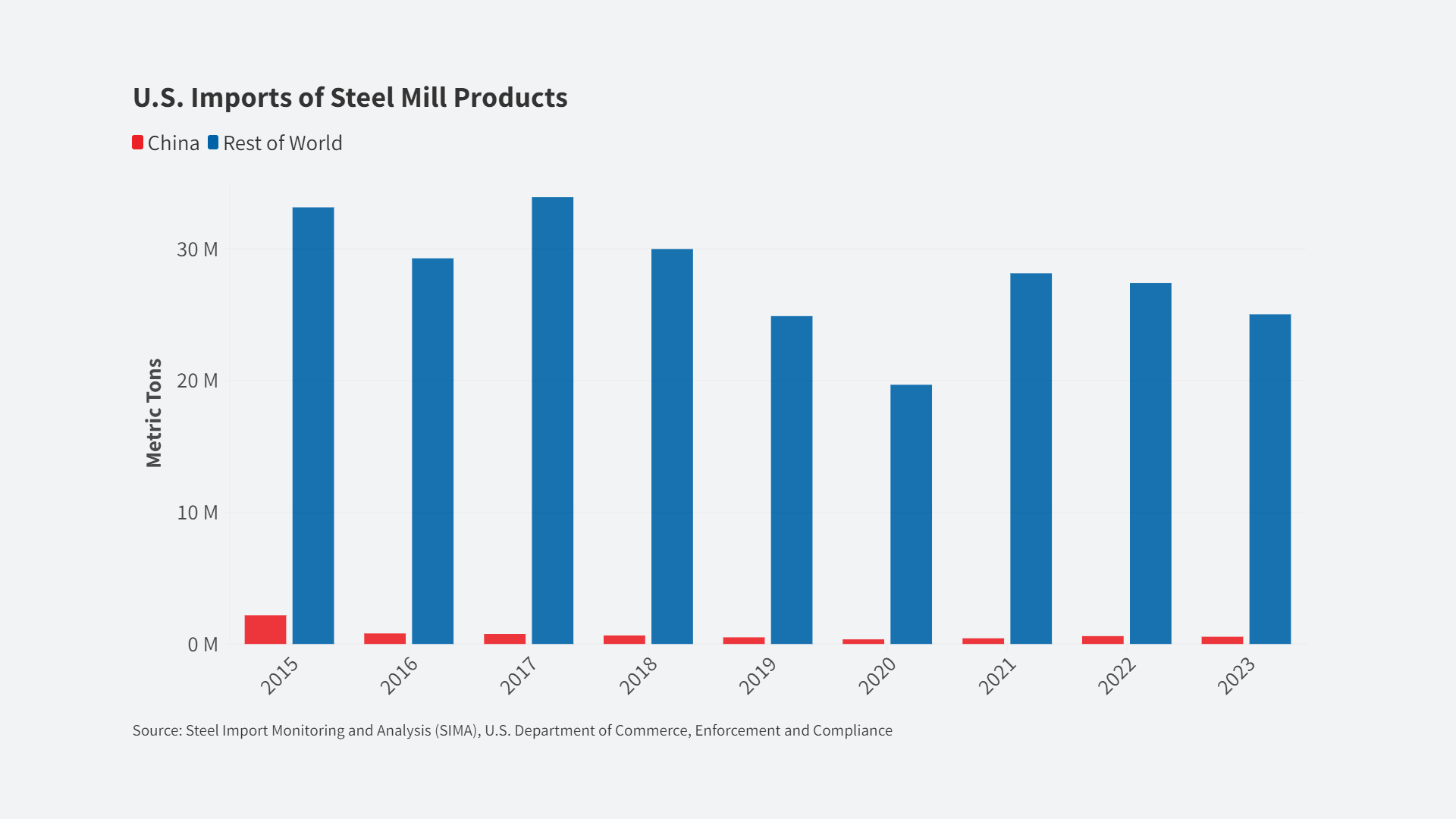
[ SCOTT N. PAUL | December 08, 2016 |The New York Times]
Americans are ready for an economic nationalist to lead them. But that doesn’t mean what you might think.
This country, we are taught, was founded on the principles of individualism and free enterprise. But its rise to economic pre-eminence was set in motion by nationalists like Alexander Hamilton, who delivered America’s first industrial policy, including plans for tariffs and spending on roads. Henry Clay’s American System, Abraham Lincoln’s land-grant research universities and Franklin Delano Roosevelt’s New Deal can all be counted as legacies of Hamilton’s vision.
Thanks to these leaders’ pragmatism, the United States became the world’s industrial powerhouse and, spurred by the rise of trade unions, built a prosperous middle class. That provided a foundation for economic and political stability in a rapidly changing world.
But since 2000, the United States has shed almost one-third of its manufacturing jobs, and millions of Americans have been permanently shuffled into work for the service industry. Some jobs vanished because of automation, but many were also lost because of a flood of Chinese imports.
President-elect Donald J. Trump talks like an economic nationalist, but a wall of tariffs alone won’t create 21st-century manufacturing jobs. The Carrier deal last week captured outsize attention not because of its scale, but rather because of its inelegance: Mr. Trump shamed a company for sending jobs out of the country.
And Mr. Trump can’t simply tweet back into existence every factory job that has disappeared. A pragmatic economic nationalism — one not hobbled by a philosophy, and one that can imagine an economy that will work even for its forgotten corners — offers solutions.
First, we need to negotiate a new manufacturing deal with China to end its trade war on the United States. We need to reduce Chinese imports and end China’s lingering practice of manipulating its currency to help its businesses.
Every weekday, get thought-provoking commentary from Op-Ed columnists, the Times editorial board and contributing writers from around the world.
We are in a surprisingly strong position to make such a deal. China has a big incentive to get along with the United States: America is the destination for nearly one in five Chinese exports, making us a market China can’t afford to lose. American exports to China, meanwhile, account for less than 1 percent of our gross domestic product.
There are also precedents for using tariffs to back up negotiations. President Ronald Reagan imposed tariffs on Japanese semiconductors in 1987, and the Obama administration imposed tariffs on some Chinese steel earlier this year.
Next, we must ensure that domestic demand is increased through direct investments in infrastructure and research. Mr. Trump in his presidential campaign said we needed at least $500 billion in new infrastructure investment. America’s civil engineers would like seven times that.
Mr. Trump’s team has already proposed federal tax credits for infrastructure, but those alone aren’t sufficient. Attaching “buy American” preferences on material would greatly help the economy and would spare us national embarrassments, like the use of Chinese steel on the recently rebuilt San Franciso-Oakland Bay Bridge.
And the new administration should expand the fledgling network of manufacturing research and development institutions established under President Obama. This network, pulling together government, academia and industry, operates like a virtual Bell Labs, producing small-scale innovations that can be widely shared.
Third, tax breaks to manufacturers for capital expenditures could help keep factory jobs in the United States. Companies that want to build factories face high capital costs on Wall Street, largely because it’s easier to turn a quick buck on the latest financial product than to make a long-term investment in a factory. If a government is going to offer tax breaks, it makes sense to direct them to the manufacturing sector, which can support a larger number of well-paying jobs.
Lastly, the Obama administration has embraced some ideas from Germany on promoting apprenticeships and other vocational training in a wider variety of industries than just construction. We’re not Germany, with its high-wage, high-export and stable manufacturing sector, but its model for building a dynamic work force offers lessons for the incoming administration.
Struggling American workers aren’t the only class of people under stress today: Global companies are taking note of Mr. Trump’s stream of threats. And while there is a certain satisfaction from knowing that executives may now feel an unease that many workers have endured for years with the constant threat of losing their livelihoods, this isn’t about score-settling.
This is about a resurgent manufacturing sector that is in the interest of both workers and businesses. Its success will ultimately strengthen America’s middle class, where the bulk of our national wealth once resided. It can again.













